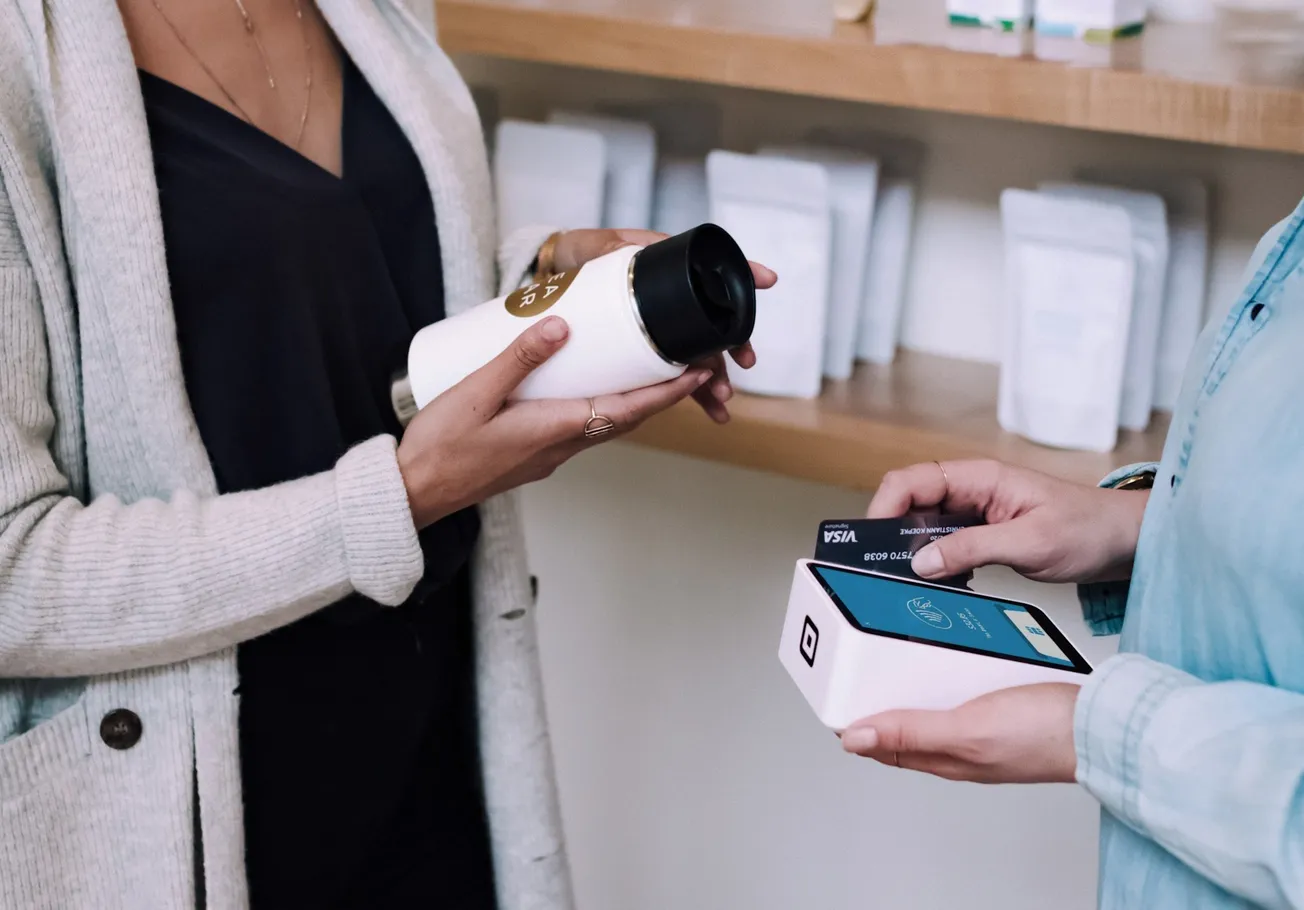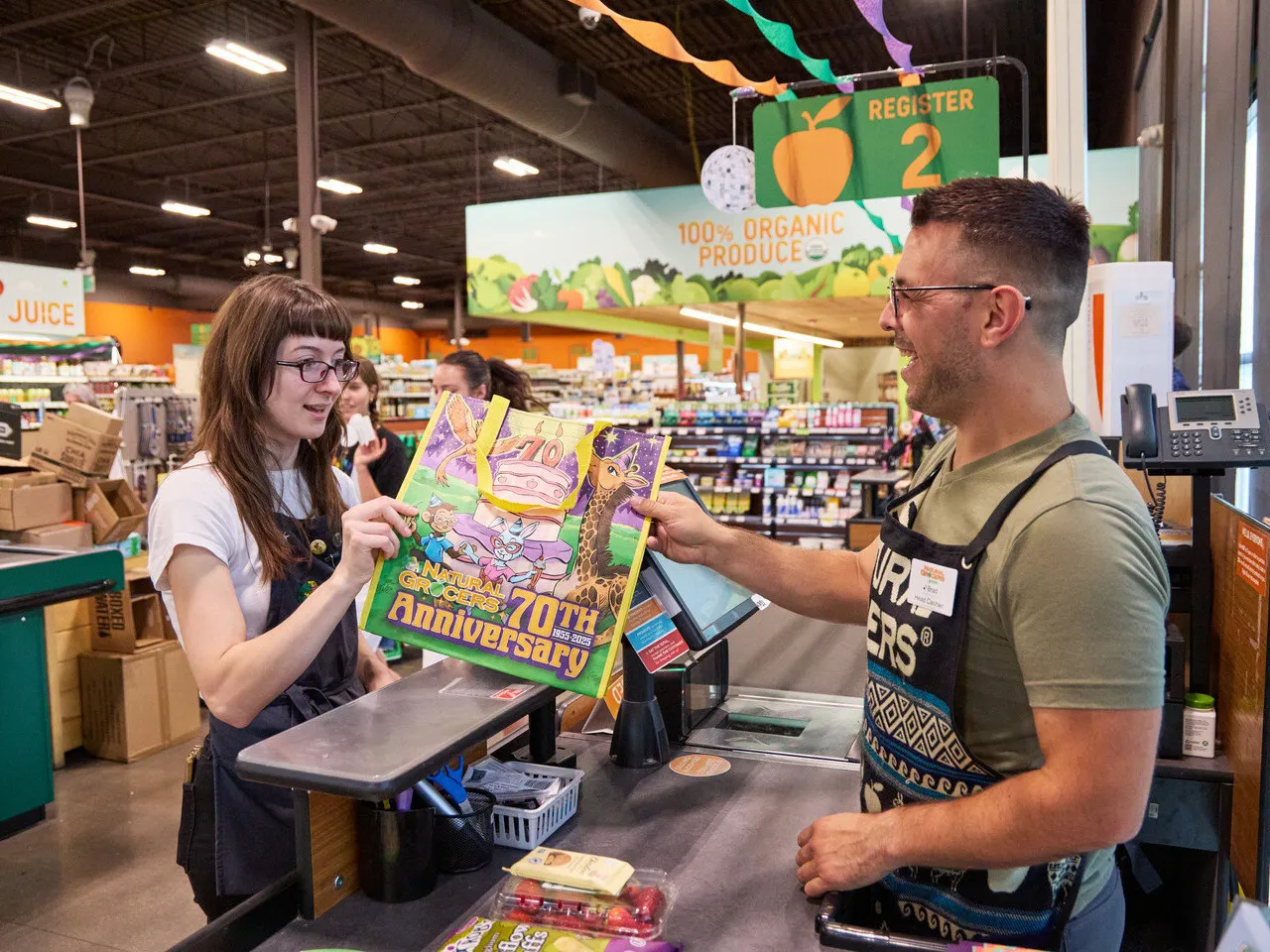Forward-looking retailers and suppliers rightly focus on the needs and wants of Millennials and members of Gen Z, who are critical customers now and (together with the preteens and teens of Generation Alpha) represent the future. But anyone ignoring baby boomers and other older cohorts is making a big mistake.
Younger people may be the pacesetters of social, cultural and fashion trends, and they have certainly grown up immersed in the technology that is changing all of our lives. But older folks are worth courting too — if only because there are a lot of them, and they have money to spend.
A new report from WSL Strategic Retail notes that since 2010, the population of Americans 65 and older has grown five times faster than the U.S. population as a whole. These consumers now represent 17% of America’s total population. This generation has more wealth than any other, making them an ideal target for a wide range of products and services, from luxury items to travel and health care.
Speaking at a recent WSL event, Roar Forward founder and chief executive officer Michael Clinton talked about the misconceptions many people (including some marketing executives) have about older Americans, who represent a demographic cohort that is increasingly active, affluent and tech savvy.
And while the conventional wisdom is that baby boomers and their elders have settled into their brand preferences and are less likely to switch, the truth is that older Americans remain open to new experiences and products that add value to their lives.
At the same time, older consumers do tend to be more brand-loyal than their younger counterparts. Once they find a brand they trust, they are more likely to remain faithful customers. But ignoring these consumers and taking their brand loyalty for granted is probably a bad idea, given the size of the population and their spending power. And while baby boomers in particular are influenced by the tastes and trends of younger generations, that path of influence is actually a two-way street. In his remarks, Clinton noted that trying to score points with younger consumers with ads that portray older ones as clueless about technology is probably not a good way to win the loyalty of either group.
AARP has conducted its own analysis of the economic power of older consumers. It found that:
• The 50-plus population accounted for half of global consumer spending ($35 trillion) in 2020, and by 2050 their share will reach nearly 60% ($96 trillion).
• In 2020, the 50-plus population was responsible for roughly half or more of global spending in the five largest consumer categories: health (60%); miscellaneous goods and services, which include professional and financial services (52%); housing and utilities (51%); food and beverages (49%); and transport (49%).
• Through its spending on goods and services, the 50-plus population supported one-third of the world’s jobs in 2020 (just over 1 billion) totaling $23 trillion in labor income. By 2050 they are projected to support 1.5 billion jobs, generating $53 trillion in global labor income.
In short, retailers and suppliers should of course court younger consumers. But respecting their elders just makes sense.










